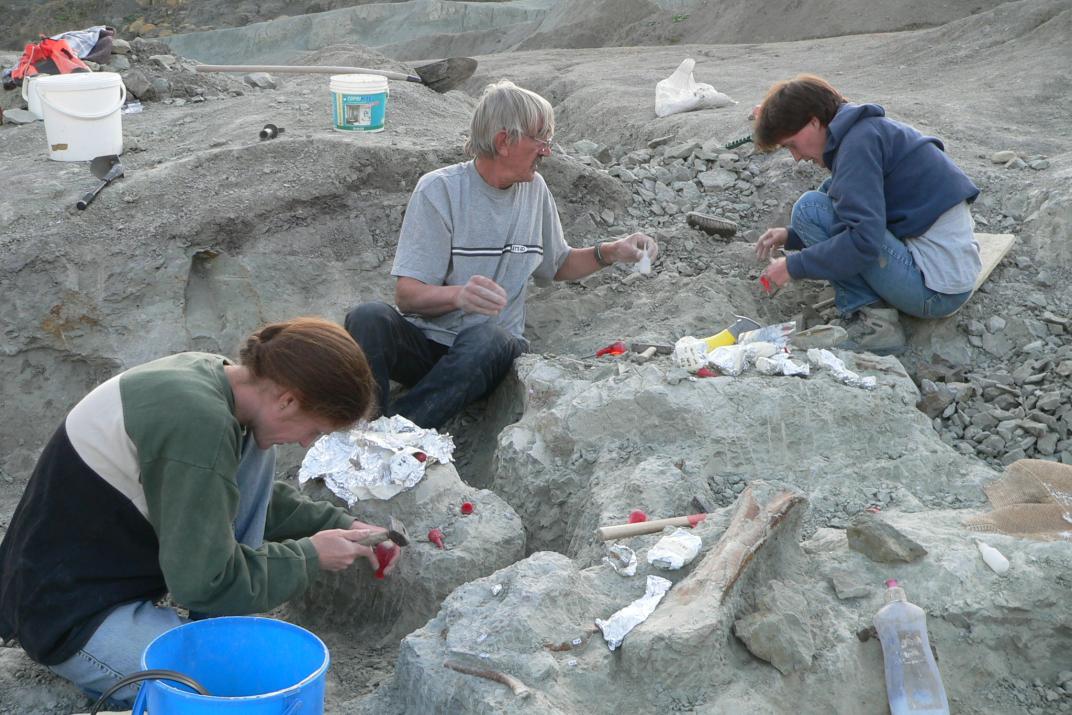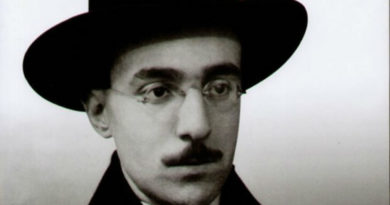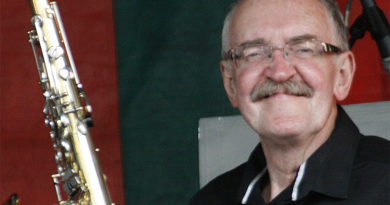Ben the Plateosaurus joins the Dinosaur Gallery to mark its tenth anniversary
Ben the Plateosaurus joins the Dinosaur Gallery to mark its tenth anniversary.
With a floor area of 3000 m2, the Brussels Dinosaur Gallery, which opened in 2007, is the largest room in Europe entirely devoted to the dinosaurs. In 2015 the Natural Sciences Museum was classed as one of the “world’s ten best dinosaur museums” by CNN.
The new exhibition space, inaugurated exactly 10 years ago, has since welcomed over 3.2 million visitors.
These ten years of success have motivated us constantly to increase our offer to our enthusiastic, knowledgeable and demanding public. To mark the anniversary, Ben the Plateosaurus, an exceptional fossil 210 million years old, discovered in Switzerland, will join the iguanodons, T. rex, Triceratops and other dinosaurs in our Gallery.
Who is Ben?
Ben is an authentic skeleton from the village of Frick in Switzerland. It was named after the palaeontologist who discovered it – Ben Pabst. The Plateoteam, a team of palaeontologists and technicians at the Museum of Natural Sciences, worked for 18 months to extract the bones and reconstruct the skeleton. It is now on permanent display at the Museum of Natural Sciences in Brussels, to mark the 10th anniversary of the opening of the Dinosaur Gallery.

Measuring around 6.50 m in length and living some 210 million years ago, it is one of the largest dinosaurs of the Triassic period (its predecessors did not exceed 1.5 m). Above all, it is also one of the first “long-necked” dinosaurs. It belonged to the line of prosauropods, precursors of the sauropods such as Diplodocus. It had a long tail and a relatively long neck. Its size enabled it to feed on a wide variety of plants (though it probably ate anything it came across: insects, small animals, carrion, etc.). As a biped, Plateosaurus could rear up when required and thus reach the leaves on higher branches. It lived in a herd and used its powerful front claws to defend itself.
Cooperation between Belgium and Switzerland
In a press release, the Embassy of Switzerland to the Kingdom of Belgium stated: « Palaeontology is highly specialised scientific discipline which, in Switzerland at least, has only a handful of research scientists, mainly at the University of Zurich’s Palaeontology Institute, but also at the Universities of Basel, Bern, Fribourg, Geneva and Lausanne. This means that in the field of palaeontology, major programmes of international cooperation are rare. In this context, the partnership between Belgium and Switzerland and the journey taken by Ben, the dinosaur from Frick who will end his last days in Brussels, are all the more worthy of interest and admiration, in view of the tireless efforts of the different teams in both countries who have enabled the successful completion of this amazing project involving cooperation between Belgium and Switzerland at scientific and museum level ».
Good to know:
Natural Sciences Museum
Rue Vautier, 29 – 1050 Bruxelles
Telephone: +32 (0)2 627 42 11



